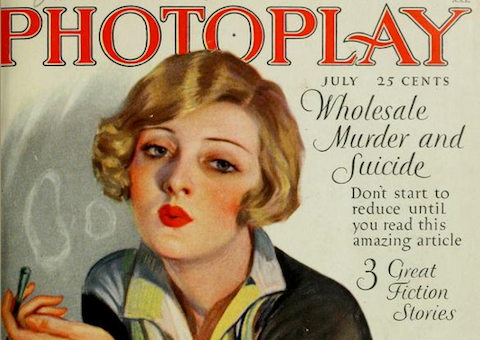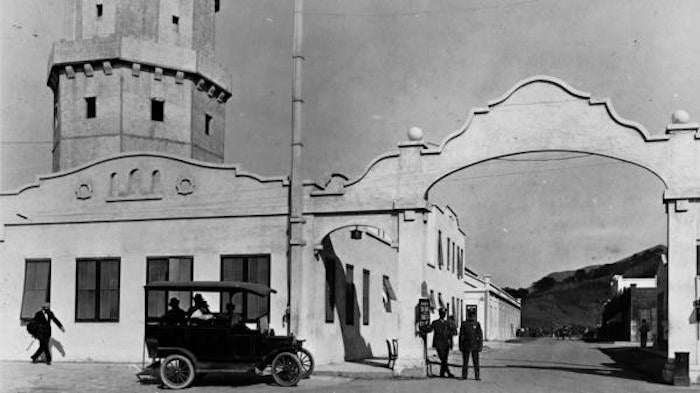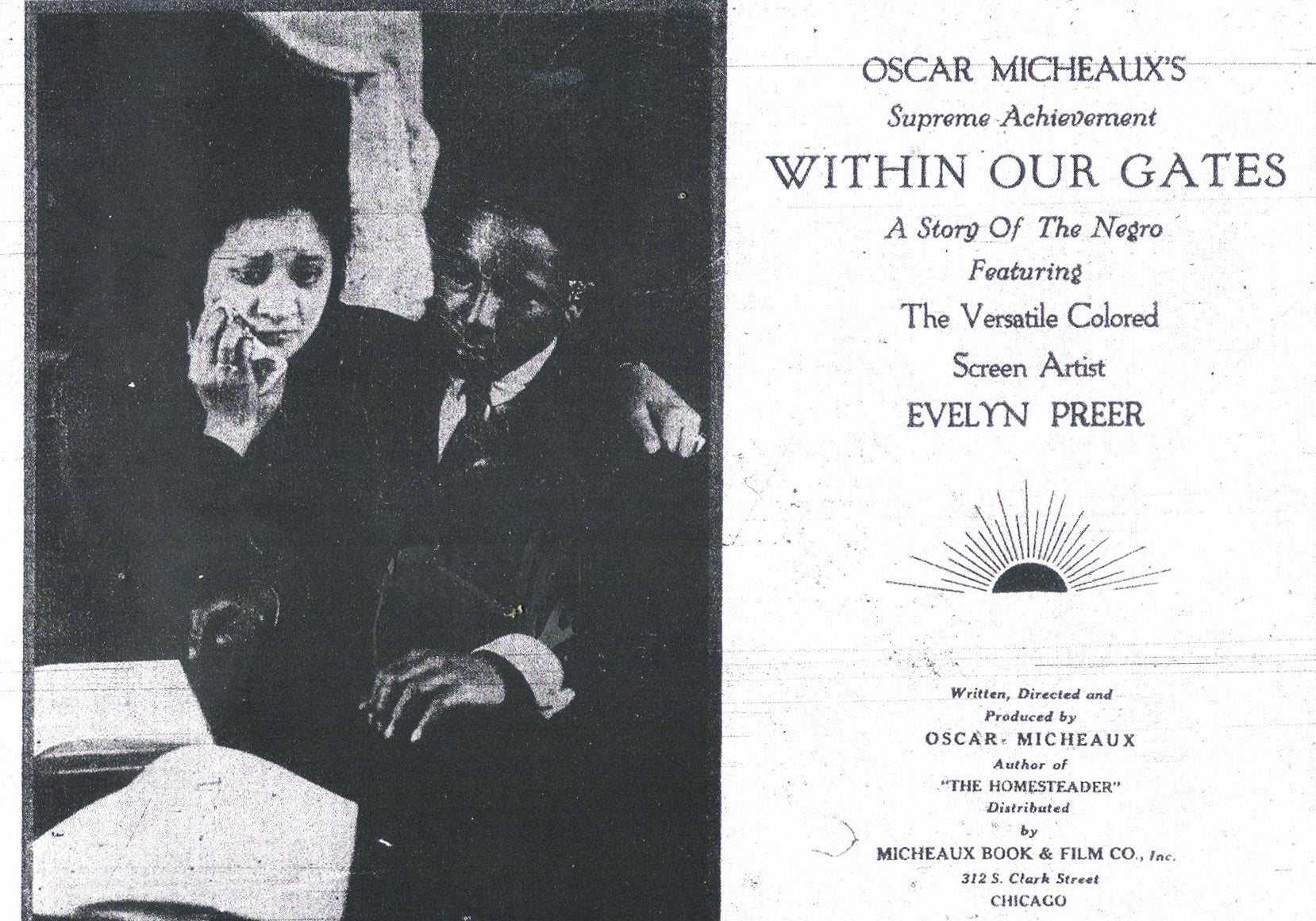
Photoplay fan magazine, 1926 (source)
Days before the International Federation of Film Archives (FIAF) Congress started in Los Angeles, the Academy of Motion Picture Arts and Sciences’ Margaret Herrick Library invited film and media librarians to the first-ever Film Librarians Conference, Documenting Cinema: Film Librarianship in the 21st Century. Held at the Linwood Dunn Theater on April 26-28, 2017, the event was conceived as a kind of prequel to FIAF, attracting some FIAF staff responsible for film ephemera collections, and many more university librarians with special collections of cinema’s material culture. While the third day was dedicated to tours of the Herrick and the Walt Disney Animation Research Library, concluding with a giant, joint reception at Paramount Studios, hosted by FIAF, AMIA, and the Academy, librarian delegates were particularly pleased with the first two days of panels.
The conference opened with an entertaining and salty keynote by film director John Landis (An American Werewolf of London), a self-confessed film collector, and also – given his career – an object for film memorabilia collectors. While mentioning the magnificent paper trails left by all film productions, and the fact that in the past many items were purloined from studio lots, he also decried the industry’s penchant to now produce props as “authentic replicas” for sale in the collector’s market.
The first session of the day was organized around private and not publicly accessible Hollywood studio collections, beginning with reports by Jeff Pirtle, Deidre Thieman, and Eric Chin from NBCUniversal Archives & Collections. Having been the founding director of Archives & Collections, I was very gratified to learn that the team has done a fantastic job implementing many of the initiatives that studio management had initially rejected during my tenure, including integrating collections which were previously controlled by other departments, and centralizing archival operations. Rebecca Cline (Walt Disney Archives), Juliet Roth (Pixar Living Archives) and Mary Walsh (Disney Animation Research Library) next offered presentations on the work of their archives. Common to all of these studio archives is the fact that they service company personnel and in some cases support studio licensing, but are not open to academic researchers, which is the raison d’être of university libraries.

Universal Studios circa 1916
The second session brought together film archivists from New York University, the Harry Ransom Center at the University of Texas at Austin, and the University of Wyoming. Nathaniel Brennan described NYU Film Department’s under-staffed and under-funded efforts to archive the papers of various film professors, including George Amberg, William K. Everson, Jay Leyda, George Sklar, and Annette Michelson. Next, Steve Wilson and Steve Mielke presented their thoughts on the under-discussed matter of privacy, when giving access to private correspondence and business records, while Claudia Thompson discussed the history of Wyoming’s American Heritage Center, which has attracted major Hollywood collections.
Session 3 focused on documenting African-American cinema, especially the so-called “race film” era. Cara Caddoo and Brian Graney, both from Indiana University, discussed the Norman Film Collection, which was originally split between Lily Library and the Black Film Center, although efforts are now underway to integrate them again, at least virtually. Meanwhile, Peggy Alexander, head of UCLA motion picture special collections, talked about the George P. Johnson Collection at UCLA, while graduate student Marika Cifor presented a website on race films, created by a UCLA class. The day ended with Session 4, which was dedicated to training librarians in the care and handling of motion picture ephemera, and included presentations by Nedda Ahmed (Georgia State), Lara Jenemann (Boston), Elizabeth Patterson (Oregon) and James Steffen (Emory). 
The following morning, the conference moved from discussing actual film libraries to the digital dissemination of motion picture ephemera. Session 5 included presentations on the Media History Digital Library, a non-profit website that has been digitizing film magazines, both from the trade and fan press, as well as film books. While project director David Pierce talked about curatorial aspects and co-director Eric Hoyt discussed technical challenges, Luci Marzola reported on her success in using the site as a teaching tool for film history classes. In the following Session 6, Julia Welter (Deutsches Institut für Filmkunde), Dimitrios Latsis (Internet Archive) and Rutger Penne (FIAF) presented the European Film Gateway, the Internet Archive, and the International Index to Film Periodicals, respectively, as websites for film historical research. Personally, I was amazed at the quality and depth of these online film resources.
Unfortunately, I was not able to attend the afternoon sessions of the second day, but delegates were unified in calling for a sequel in the near future, at the Academy or elsewhere, given the real sense of community that seemingly developed over the course of the conference between film librarians.
< Back to Archival Spaces blog






 Mobile Navigation
Mobile Navigation

